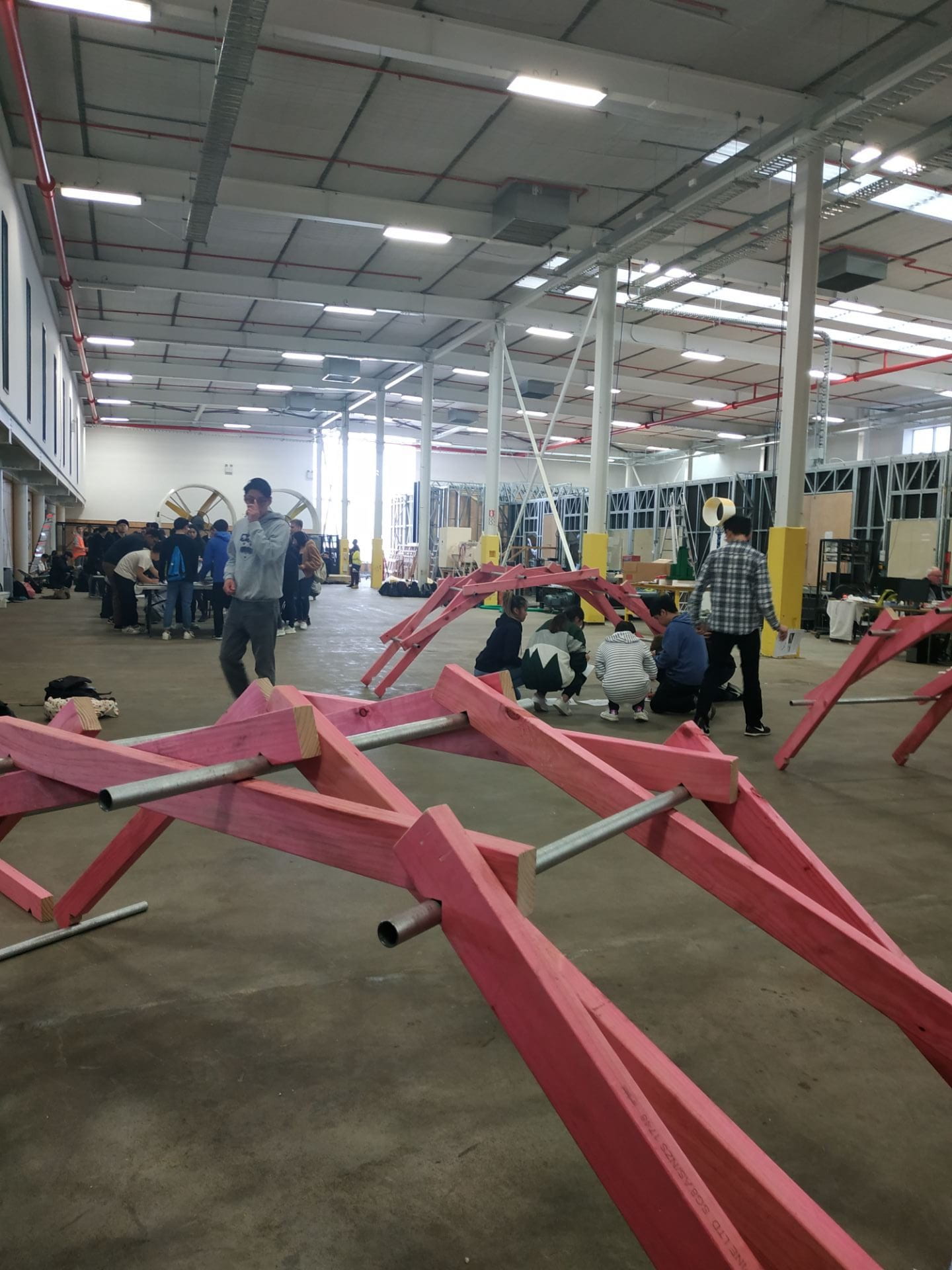The second installment of Civil’s five papers, for Semester 2.
CIVIL 211
The course follows CIVIL 210 from the first semester and a core of the paper focuses on methods that allows you to solve statistically INdeterminate structures. With regards to the level of difficulty of the concepts, I think it’s still similar to that of CIVIL210 , but because CIVIL211 is a 10 point paper rather than a 15 point one, there’s less content so the paper is slightly more manageable. Really.
Structures Day is an interesting one and involves a day where the Part 2 cohort visits the foreboding-looking Newmarket campus and take part in activities relating to structures. Notable highlights include making cement and testing smaller scale representatives of columns and their supports. Of course, the day includes the building and testing of your group’s design based on a brief given (cue ENGGEN 115 truss flashbacks). It’s a fun day all in all though, I promise. One day where you don’t necessarily have to worry about looming deadlines.
ENVENG 244
Unlike the majority of the papers for Part 2 this year where there is some continuity between the concepts introduced in Semester 1 and Semester 2, ENVENG 244 is the first environmental paper. Concepts range from wastewater treatment systems to air pollution to sustainability. There are some calculations involved (and some more conceptual design in next year’s course), so it’s not entirely content heavy like CIVIL220 from the previous semester. There was also a trip to the Redvale Landfill that students could choose to take part in, as well as several guest lecturers to give an interesting mix of perspectives and topics.
CIVIL221
CIVIL221 is a continuation of the concepts introduced in CIVIL220. More specifically, it continues from the basics of soil and expands on its behaviour (seepage, compaction) based on its mechanical properties, linking part CIVIL210 concepts of Mohr circles and stress. There are also several practical lab sessions spaced throughout the semester that really reinforce the content taught in class. The lecturer I felt taught the concepts well and while the questions are always changing and make you think a little bit, they are always rooted in the key ideas. I suppose after all, the tests and exams are there to test one’s thinking, as opposed to how well one can replicate the exact same steps to solve a similar problem.
ENGGEN204
The concept behind the course is to instill and further develop communication skills that are important – and will be crucial in the workplace as an engineer. This involves both written and verbal skills – as well as working as part of a team. The course has two weekly lectures where the lecturer gives a general rundown on topics ranging from health and safety to how to give a good presentation. The assessments involve a written piece, a group report (made additionally challenging in teams of 8), two tests, and an individual presentation. I found it a course to be quite straightforward, and necessary as an Engineering student – especially since there are very rarely instances where you work in such large teams and write reports in layman’s terms when in other Engineering papers.
CIVIL250
CIVIL250 focuses on three key materials: timber, steel, and concrete, and specifically the properties of each material and its manufacturing processes, as well as the design involved. different emphasis. Because of the design emphasis, which often involves calculations, the course doesn’t heavily emphasize as much rote learning as CIVIL220 with the rocks, etc. Next year they are changing the format of this course according to the lecturer, so it is a lot more practical and not so test-heavy (the assessments were two tests, 25% each and a final 50% exam).
That’s it from me today!
Until next time.
